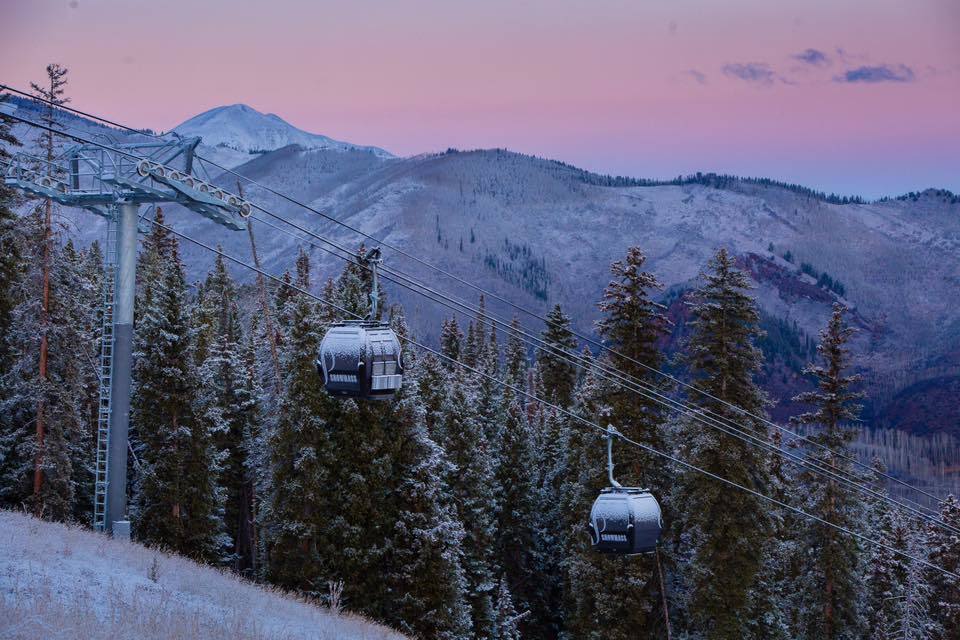4 On-Mountain Experiences Only Made Possible From Snowmaking

Image: Jeremy Swanson
The impact of manufacturing the white stuff was felt most recently last winter, when coverage on local slopes stayed good during a six-week dry spell. In the face of the ominous wild card of climate change, snowmaking is handily one of the most important things a ski resort can do for its business. And ever since the drought-stricken season of 1976–1977, when the lifts started spinning only in January, Aspen Skiing Company has invested heavily in snowmaking. But how, precisely, does the customer benefit? Here are the experiences skiers and boarders would not have at Aspen/Snowmass without this godsend of a technology across all four mountains:
Snowmaking is often all about connecting the dots—filling in high-traffic areas between runs that need lots of snow. At Snowmass, that’s especially true of runs like Max Park and Lunchline, which provide access to and from the snow-magnetic Big Burn.
Be thankful that in late September, Aspen Mountain snowmakers officially start watching for cold spells—at least seventy-two hours of temps under twenty degrees—to fire up the snowmaking guns. They’ll churn out snow every possible second (last year saw 105 hours straight in November) to make the scheduled Thanksgiving Day opening.
At Buttermilk, says SkiCo VP of Mountain Operations Rick Burkley, “the priority is 100 percent the halfpipe.” It’s the centerpiece of the high-profile Winter X Games in late January, which needs a mind-boggling amount of white to fashion the jumps and other features of this extreme-sports amusement park.
The wide, rolling pitches of Highlands’ Thunderbowl and Golden Horn runs have several hot, flat areas that capture heat in a way that the same aspect on Aspen Mountain doesn’t, Burkley explains. This terrain needs extra snowmaking TLC to make the mountain skiable top to bottom late in the season, when the Bowl is far from finished.













































